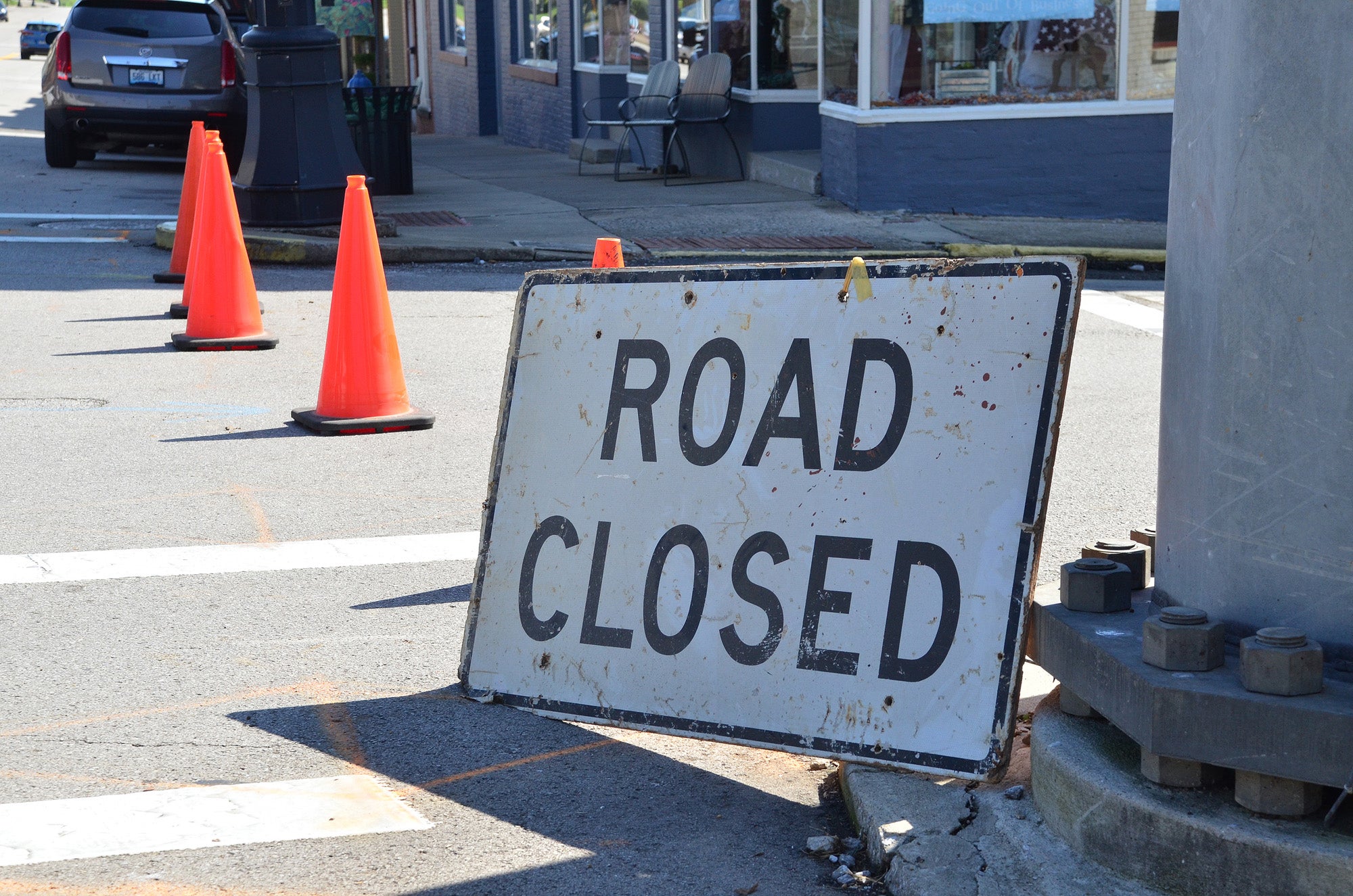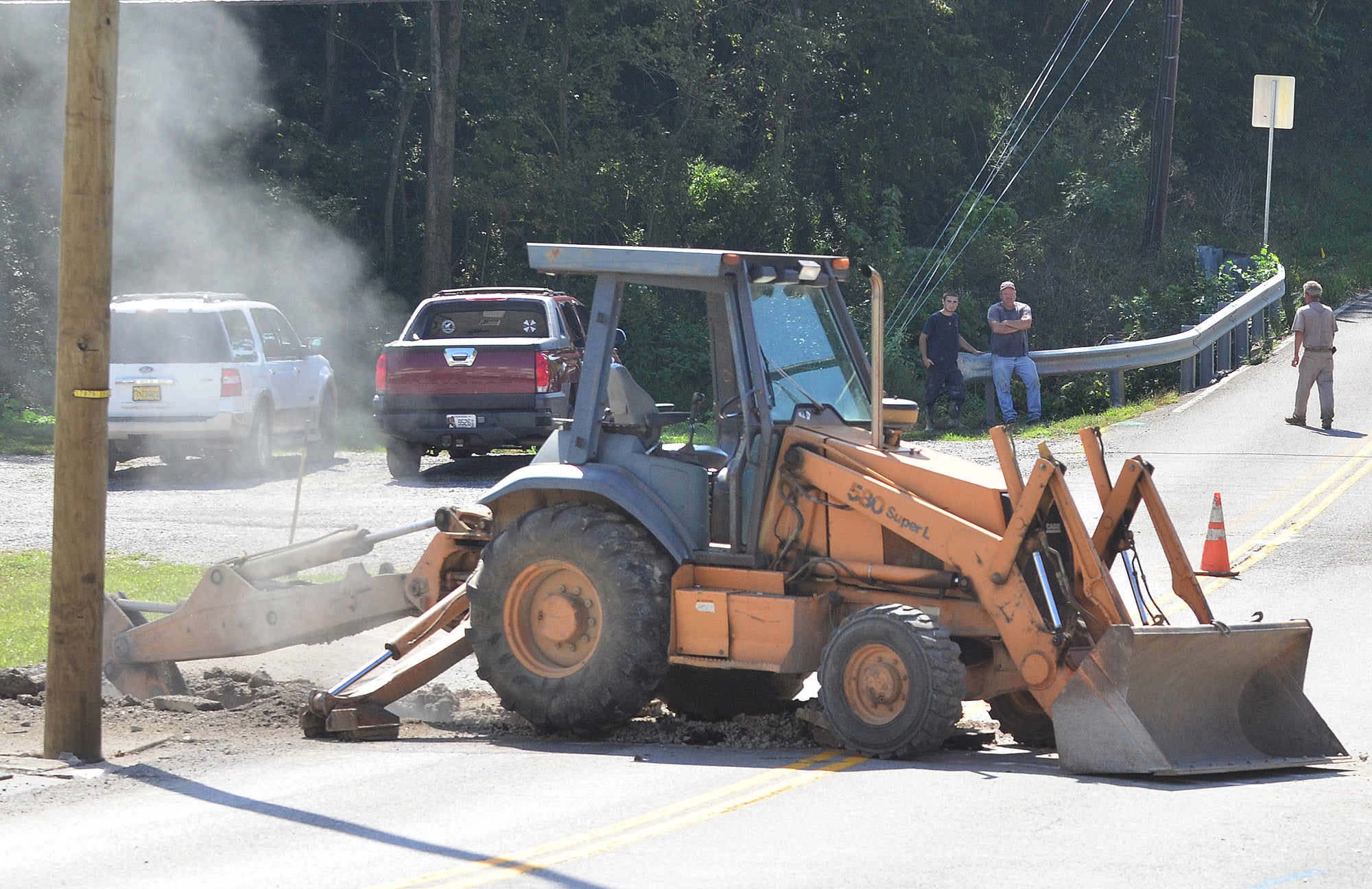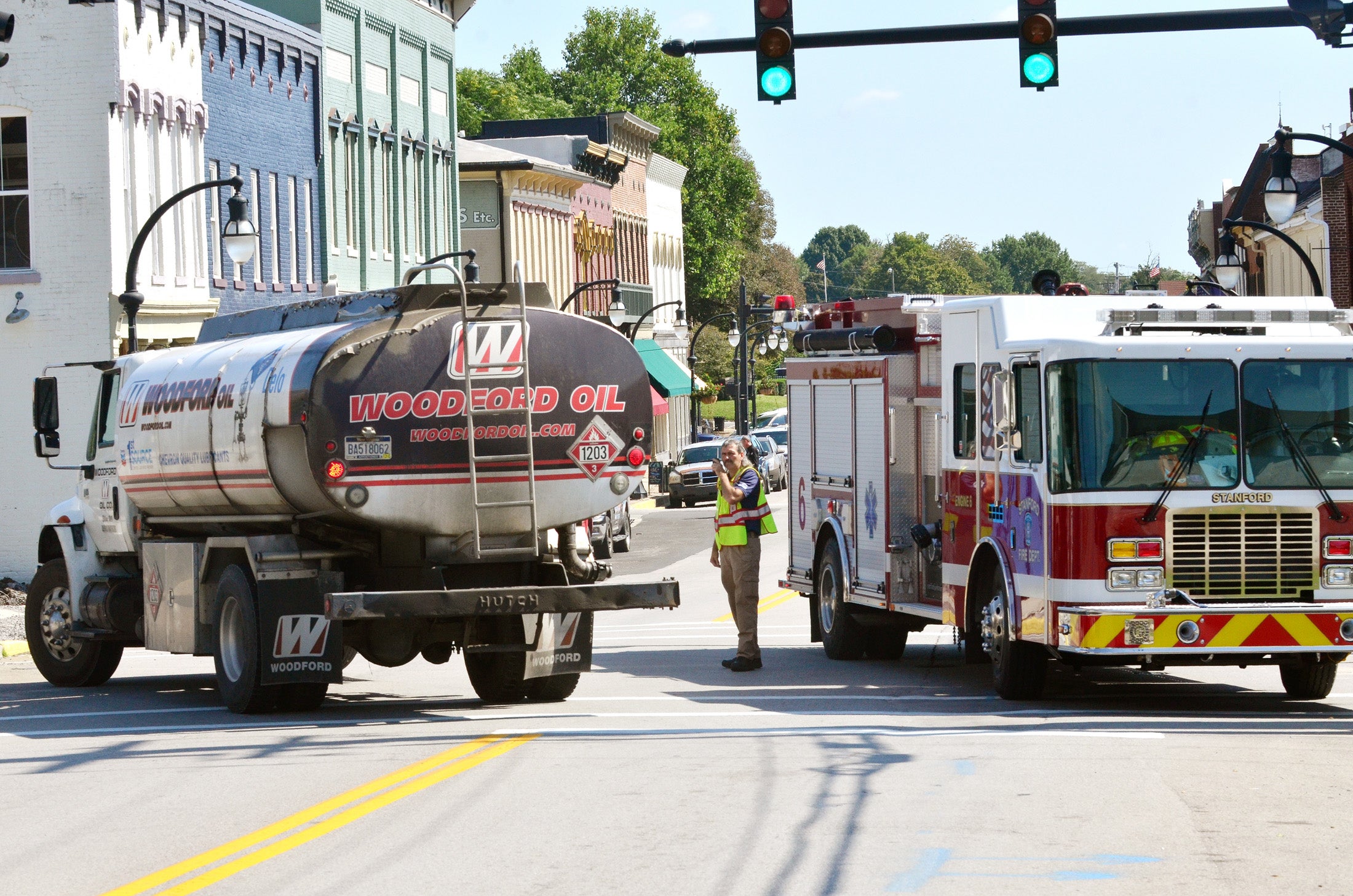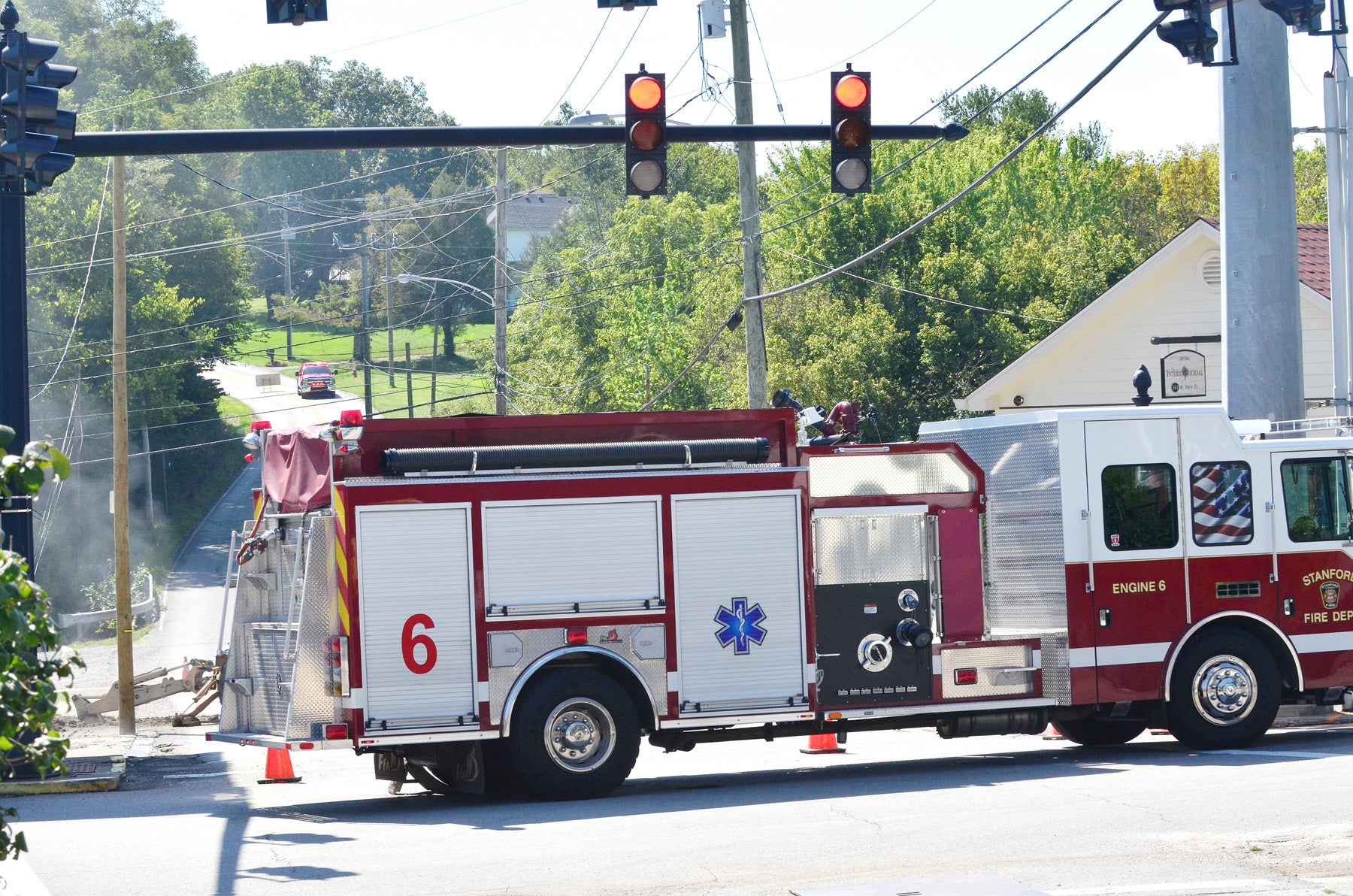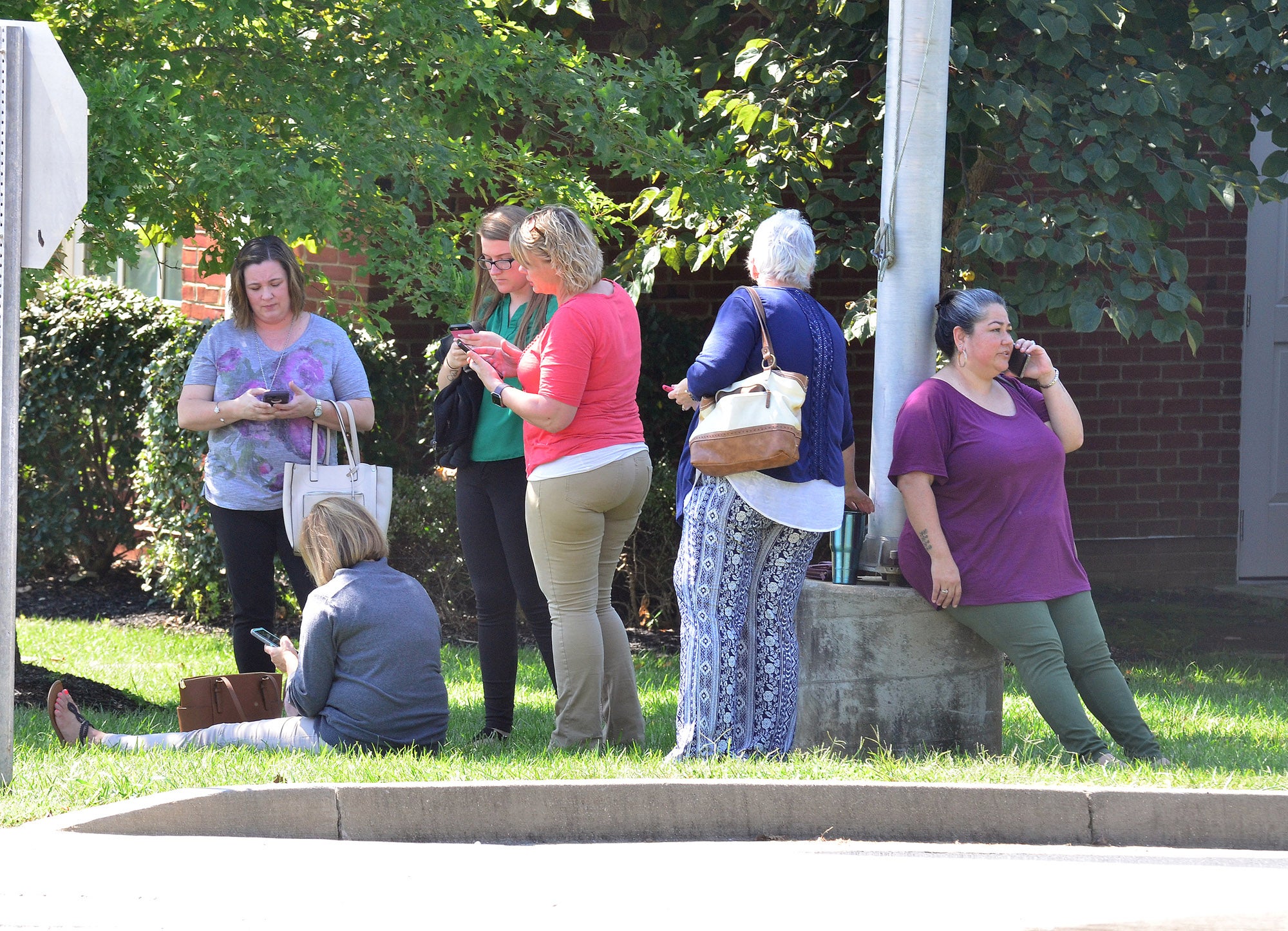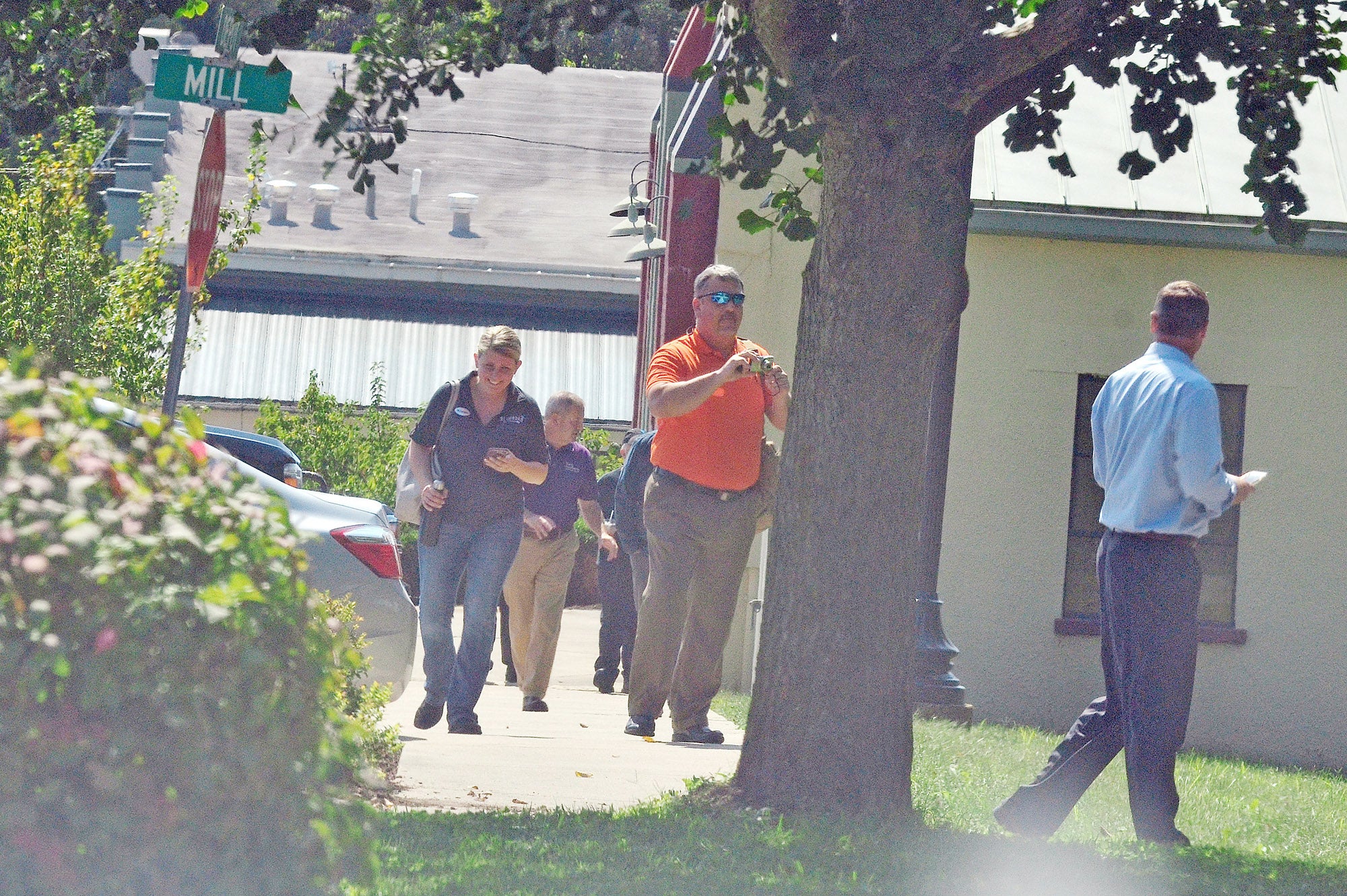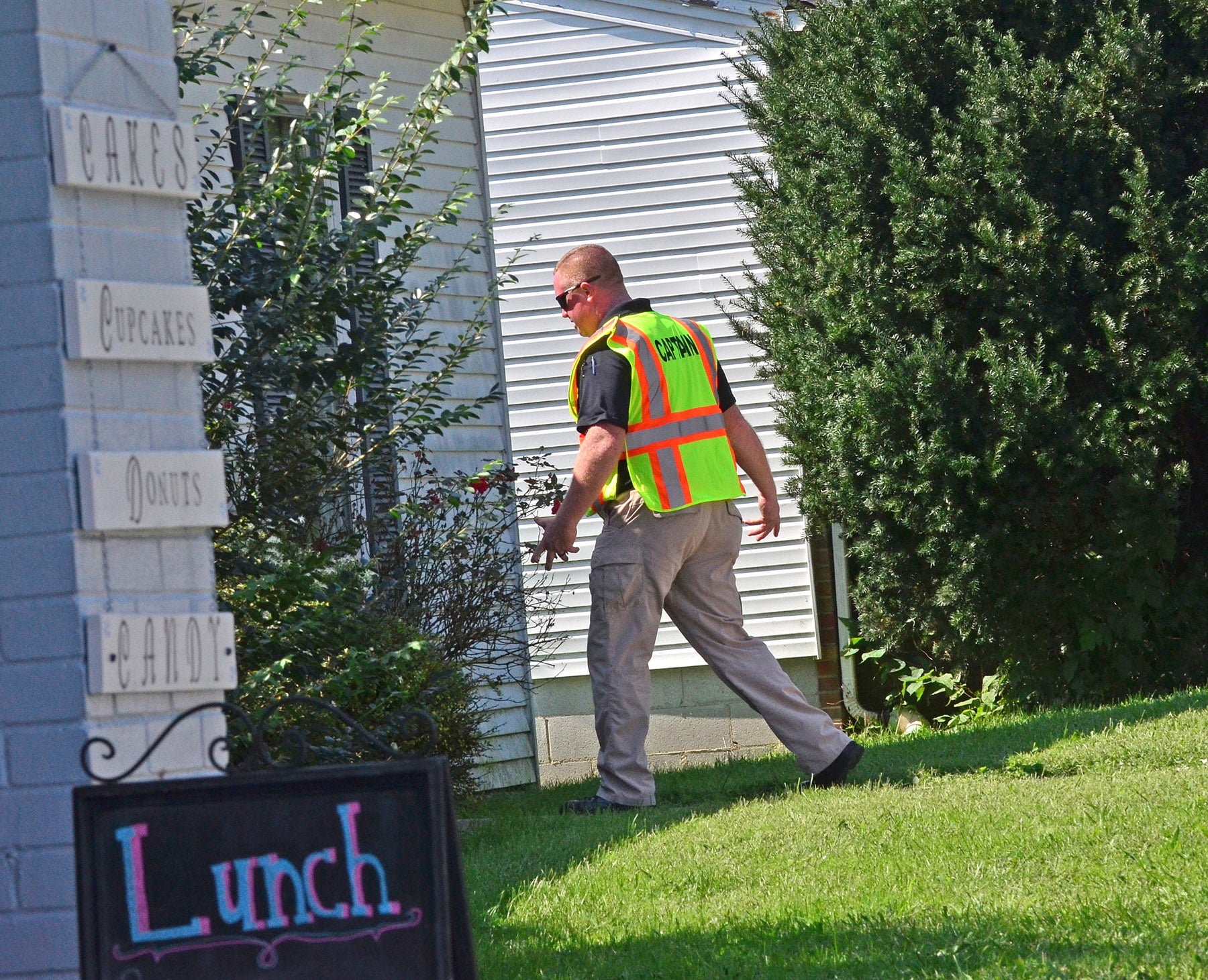Downtown gas leak forces evacuations and road closures
Published 11:20 am Thursday, September 20, 2018
STANFORD — A broken gas line caused during construction in the downtown area Tuesday prompted evacuations and forced the closure of several streets, including Main Street.
“ A private company was working on a project on Somerset Street near the intersection of Main Street when they hit a four-inch gas main,” Lincoln County Emergency Management Director Don Gilliam said.
The leak forced businesses over a three-block area along Main Street and several dozen residents to evacuate their workplaces and homes.
“The evacuation area was actually extended a couple times simply because of people smelling the odor or air quality testing showing that there was some gas,” Gilliam said. “We evacuated all businesses and residences from Logan Avenue on the east end to McKinney Court on the west.”
“To the south, we evacuated Anderson Heights Street, not the subdivision, the street, on both sides as a precaution,” he added. “We did evacuate two day cares, one being in Anderson Heights and one being down at the Christian Church, which were in the evacuation zone.”
To the north, Gilliam said the Lincoln County Courthouse was the only place evacuated.
“We did evacuate the courthouse simply because there was a strong smell, so we just told them to go ahead and shut down,” he said. “But everything really north of Main Street we didn’t get any readings. We actually moved some people to the library.”
Gilliam said people in the library complained that they could smell the odor of natural gas, but all air readings were good.
“Now they could smell it, but the odor separates itself from the gas,” he explained. “The gas is lighter so it goes up. The odor stays low. There is actually a possibility that you can smell the odor and there isn’t any gas, and that’s what happened in some areas. The odor will linger in the trees and buildings where the gas will not. But we did continue testing.”
Gilliam said people went door-to-door to notify businesses and residents of the need to evacuate.
While the gas could be seen shooting up into the air behind the backhoe that hit it, Gilliam said the gas levels were low but that they couldn’t risk not evacuating the area.
“The problem is, even there at what we refer to as Ground Zero, there was a lot of gas going into the air. But even there the air monitoring was significantly low and that’s simply because it was shooting up into the atmosphere and wasn’t affecting ground level,” he said. “But, with the wind blowing, you can’t take that chance, especially if a spark is set off, a car is started in the area, electronics in the area. You’ve just got to take every precaution.”
“We can’t force people to leave, but you’re always concerned with somebody just stepping out their door to take a smoke. It could’ve been disastrous,” Gilliam said. “That’s why we asked people to leave. We don’t want them sick. We don’t want them thinking they’re sick. And we don’t want them ingesting gas fumes. But we also don’t want them doing their everyday things – cooking, smoking, turning on a fan, turning off a fan, turning on a light. We don’t want those things going on in the evacuation area because it could have significant effect on the safety.”
Atmos Energy was called in immediately after the gas-line break and began repair on the line. Downtown was closed down for almost six hours, with the evacuation lifted at 5:48 p.m.
“When we determined the air was not contaminated then we allowed everybody to come back to their businesses and residences,” said Gilliam.
All the streets were reopened with the exception of Somerset Street. That street, which had been closed prior to the accident, remains closed due to continued work on a construction project.
Tuesday’s evacuation process did not go off without a hitch.
“We are getting complaints from people that think they should have been notified,” Gilliam said. “We don’t go door-to-door saying you don’t have to evacuate. We go door-to-door saying you do have to evacuate. Some people don’t understand that.”
Gilliam added that different means of communication were used to notify the public of the situation, including notifying two television stations, the local radio station, the newspaper, posting on three facebook sites and making three callouts. He noted that people that aren’t signed up for the callouts didn’t get the call


